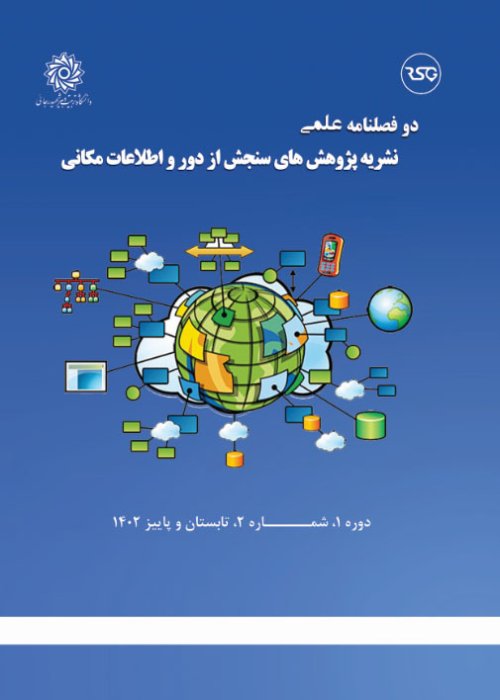Improving Location Indices in Design of Oil Transmission Lines with an Economic and Environmental Protection Attitude
The oil sector has served as the predominant catalyst of our nation's economy since the oil industry was nationalized in Iran. Oil facilities are integral to the oil industry, and among the most crucial facilities throughout the nation are pipelines. The extensive network of pipelines, which facilitate the transportation of oil from production sites to the country's refineries, as well as the distribution of refined products to consumption centers, represent vital economic and industrial lifelines. The spatial challenge lies in the intersection points of these pipelines, which can be effectively addressed through the use of geographic information systems. The accurate and optimal routing of pipelines is of utmost significance and should be executed in a manner that aligns with technical and economic ideals, while minimizing adverse societal and environmental impacts.
In this research, an attempt has been made to ascertain the routing of the multi-directional pipeline by taking into account a plethora of criteria, data, and spatial and descriptive information. This information encompasses factors such as land slope, vegetation, water flow, faults, residential and population centers, power transmission lines, pipelines in the region, and roads, among others. Given the extensive range of indicators associated with the routing of energy transmission lines in existing research references and executive reports of projects, this article focuses on thoroughly examining and providing a specialized classification of these indicators. In the subsequent stage, Geographic Information System (GIS) is employed as a framework to integrate the diverse components of information. This integration allows for the utilization of varying influence weights during the compilation of indicators, based on the significance of each indicator's impact on the subject matter. For this purpose, the conventional fuzzy AHP method has been used.
The research conducted in this study focuses on the geographical area of Khuzestan province, specifically its northern region located between Rig Valley and Sabzab. The objective of this research is to establish the optimal route for the transmission line of oil, taking into account three different scenarios: economic optimality, environmental optimality, and a combination of both. The findings reveal that selecting the most favorable route in this context, in comparison to the current transmission line, leads to a reduction of 141 meters in terms of the economic scenario, 635 meters in terms of the environmental scenario, and 586 meters in terms of the comprehensive scenario. These outcomes represent tangible accomplishments resulting from the research.
The findings of this study clearly demonstrate that the conventional techniques for designing pipelines are insufficient in incorporating all the relevant criteria in the pipeline route design. Regardless, it is crucial to acknowledge that the quality of the routes produced with the aid of Geographic Information Systems (GIS) heavily relies on the quality of the input data. Any discrepancy or flaw in the input information may yield design outcomes that raise doubts about the effectiveness of the work. Consequently, in addition to harnessing the capabilities of GIS, meticulous attention to detail must be exercised during the data collection process. Another notable aspect of this research is its capacity to consider various scenarios. By leveraging this capability, decision-makers are empowered to make informed choices regarding the pipeline by examining the outcomes of diverse scenarios and taking into account a range of factors.
- حق عضویت دریافتی صرف حمایت از نشریات عضو و نگهداری، تکمیل و توسعه مگیران میشود.
- پرداخت حق اشتراک و دانلود مقالات اجازه بازنشر آن در سایر رسانههای چاپی و دیجیتال را به کاربر نمیدهد.


